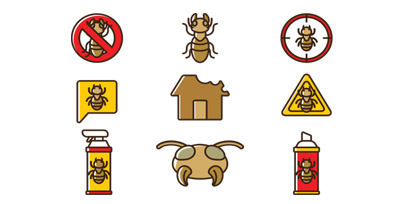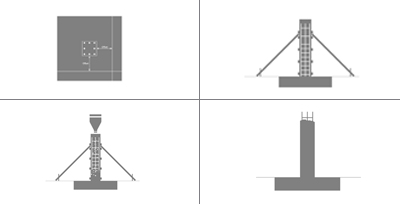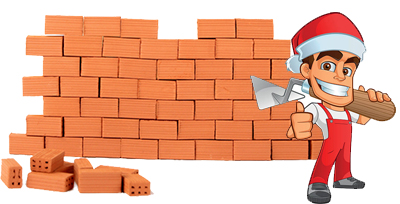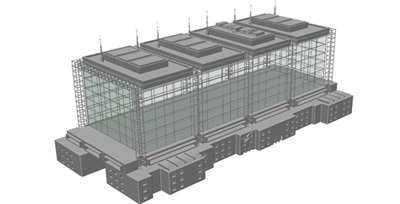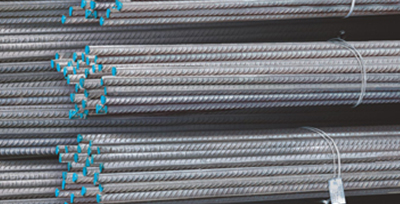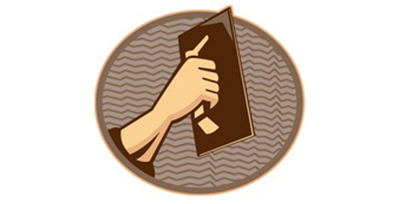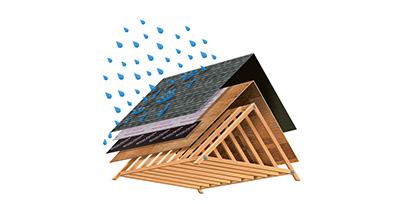Curing:
The process of maintaining moisture in the concrete is called curing. During the curing process, the concrete hardens and gets maximum strength. Concrete begins to dry after casting therefore curing should start within 12 – 15 hrs of the casting. So, the parts exposed to the environment should be cured before the dry. The curing process is continuous as per the stipulated time as mentioned in BIS codes. Usually, 14 – 21 days is the proper curing time for concrete slabs and beams.
For flat surfaces like floors, roofs etc curing should be done by pond formation. For columns, after the shuttering is removed, they must be wrapped with used jute bags that must be kept wet by intermittent sparkling of water at least for 3 to 4 times in a day, for 2 to 3 weeks.
Concrete Mix & water-cement ratio and material requirement for 1 cubic meter concrete:




